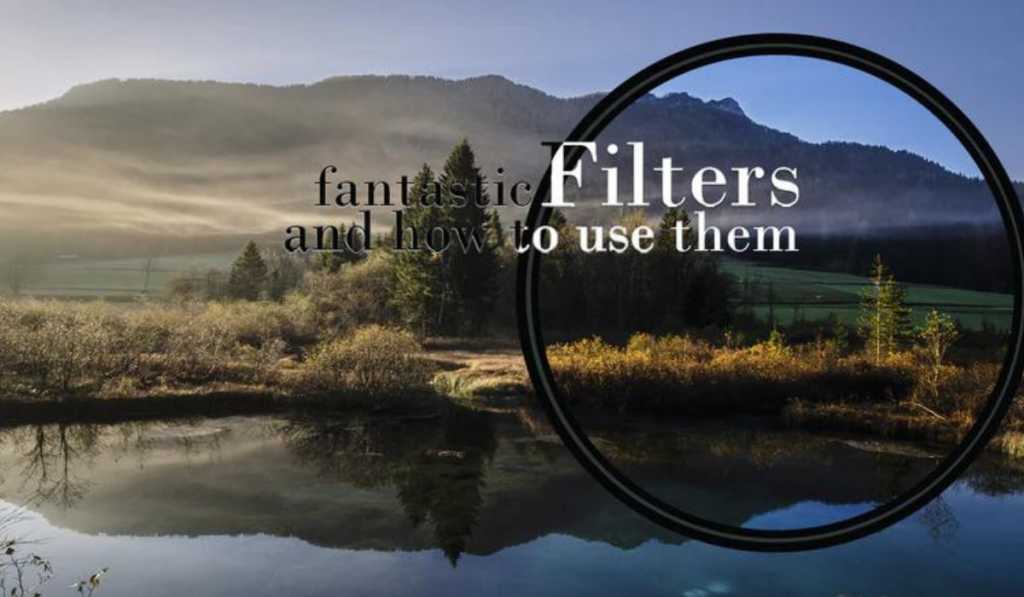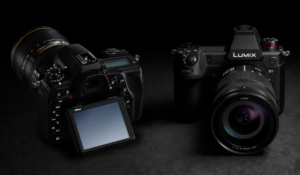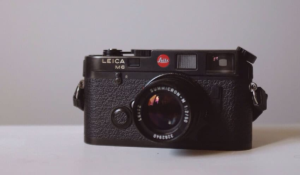CPL Filter: Why, When, and How to Use a Circular Polarizer

Lens filters such as circular-polarizing filters are essential tools for photographers who want to improve their skills. CPL filters are able to enhance the quality of images and reduce glare, which is a great benefit for photographers. This comprehensive guide will explore the unique features of CPLs, how to best use them and when.
Unique Functionality:
CPL filters are an essential tool for photographers, as they reduce or eliminate reflections and glare from reflective surfaces. They produce clear and vibrant photos. CPL filters are difficult to duplicate digitally despite technological advances. They are therefore essential for achieving the desired results when taking photographs.
Design:

CPL filters consist of two thin metallic frames that house glass elements. They are designed with precision to provide optimal performance. The front element is a linear-polarizer while the back contains a quarter wave plate glass. This allows the conversion of linearly-polarized light into a circularly-polarized form to avoid issues with autofocus and light meters.
Effects on photos:

CPL filters reduce glare and enhance contrast (especially in blues and foliage), while reducing atmospheric haze. This results in images that are sharper and more striking.
Optimal Polarization:
Photographers can achieve maximum polarization by positioning the light source at 90 degrees relative to their camera’s view. This angle will ensure optimal polarization, and improve the clarity of skies and water bodies.
Useful Application:
CPL filters can be used to improve image quality in a variety of photography, including landscape, travel and architectural photography. They are most effective in midday light and on glass surfaces such as windows, observation decks or balconies.
Limitations and side effects:
CPL filters are beneficial, but they can also produce unwanted effects, like unevenly darkened sky areas, when used with ultra wide lenses. Certain filter designs can also cause vignetting.
Useful considerations:
When deciding to use a CPL, photographers should be cautious. This is especially true when reflecting light or using ultra-wide lenses. For optimal results, it is important to carefully position and adjust the filter.
Conclusion:
CPL filters are essential accessories for photographers of all genres, due to their ability enhance image quality and reduce reflections. They are a valuable addition to any photographer’s kit due to their versatility and ease-of-use.
Creative Potential
CPL filters are not only practical, but they also allow photographers to create beautiful images by manipulating the light and reducing unwanted refractions. CPL filters allow photographers to capture beautiful photographs by enhancing the colors of the sky and reducing water reflections.
Environmental Impact:
CPL filters, such as Urth CPL filter, also contribute to the conservation of the environment by planting five new trees in areas that have been deforested for each CPL filter purchased. CPL filters are a great choice for photographers who care about the environment and their craft.
CPL filters can be a valuable tool for photographers who want to improve the impact of their photos. Understanding the capabilities and limitations of CPL filters allows photographers to unleash creativity and take stunning photos across various genres. CPL filters will be your best friend on any photographic adventure, whether you are capturing cityscapes, landscapes or architectural wonders.



